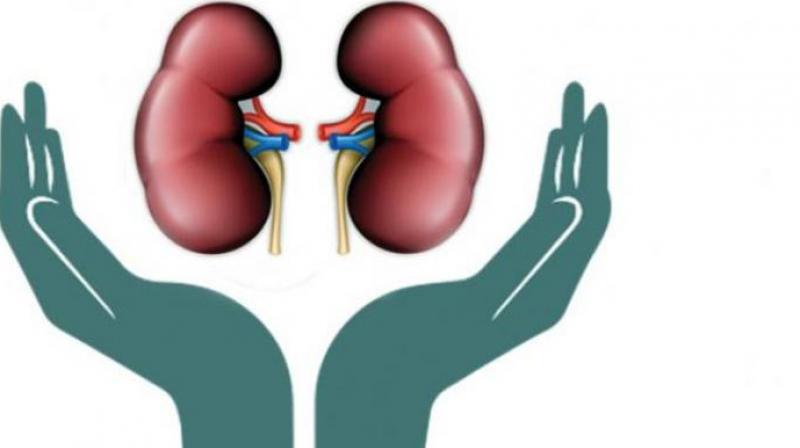Live-related renal transplants better
The size of a male's kidney is larger than that of a female's,â€said Dr Swarnalatha.

Hyderabad: Studies on renal transplant recipients under Jeevandan, the state-run organ transplant programme, at the Nizam’s Institute of Medical Sciences, has revealed that kidney graft and patient survival was better in live related transplantation compared to deceased donor transplantation.
However, in heart, lungs and pancreas transplantation, the rejection rate was more than 50 per cent. Infections are the major causes of mortality in the post-transplant period.
A successful kidney transplant programme depends on donor and recipient selection, immunosuppression protocol, early recognition of graft dysfunction and its treatment. However, the rejection rate is less in Telangana compared to other states in India. The mortality rate is 14 per cent in kidney cases.
The retrospective, observational study of renal transplant recipients from January 2010 to April 2016 at NIMS, Hyderabad, was carried out by Dr Bharathi. Of the 210 recipients studied, live donor renal transplant recipients were 176 and deceased donor renal transplants were 34.
Jeevandan in-charge, Dr G. Swarnalatha, said, “Though the patient survival rate was better in Live Donor Renal Transplants compared to Dead Donor Renal Transplants, it didn’t reach statistical significance. The mortality rate was 14 and infection was the most common cause of death in 77 per cent of cases.”
Rejection rate of kidney cases stands at 10.7 per cent: Study
“Usually, in dead donor transplants there is the difficulty of matching, as these are emergency cases. Moreover, the patient will be in ICU and battling infections. So, the long term outcome is usually not as good as in live donor transplants. However, in our study at NIMS, we found there is no significant difference between the two. In live transplants, donors are usually female, and in cadaver transplants there are more male donors. The size of a male’s kidney is larger than that of a female’s,” said Dr Swarnalatha.
In live transplantation of the kidney the success rate is around 80 to 90 per cent, but in heart, lungs and pancreas transplants, the success rate is around 50 per cent, the doctor added.
A study by Dr Shiva Shankar looked only at cadaver transplantation cases. There were 130 patients in the study and around 29.5 per cent suffered infection episodes. Urinary tract infection was the most common infection, followed by fungal infection of the skin, gastro-intestinal system, and respiratory tract. Other infections documented were bacterial pneumonia around 18 per cent of cases Cytomegalovirus, localised abscesses and BK virus nephropathy, wound infection and tuberculosis.
The study showed a rejection rate of just 10.7 per cent. The graft survival rate at the end of one year and two years was 86.9 per cent and 87.5 per cent respectively. The patient survival rate at the end of one year and two years was 90.4 per cent and 89.52 per cent respectively.
The cause of death was identified as pneumonia with sepsis, shown of unknown etiology, and acute myocardial infarction. Out of 130 patients, five had surgical complications and 13 died.

